History was made on November 12, 2014, when the European Space Agency‘s Philae probe made a successful touchdown on Comet 67P/Churyumov-Gerasimenko, sometimes affectionately known as “Chury.” The precise calculations and the size, speed and distance of the comet made the landing an incredible feat, and it will be remembered as the first controlled landing on a comet nucleus. For ten years prior to this, Philae‘s mothership, the Rosetta, has been tailing the comet as it made its orbit around the sun and inner solar system.
Philae has been transmitting panoramic pictures back to Earth since landing, giving us a glimpse of what it’s like on a comet as it hurtles through space, providing researchers with the most complete, in-depth study of a comet they’ve had yet. As the comet continues in its orbit, Philae will stay on it, so we’ll also be able to look into the void of open space.
Philae’s photos, shot in stark black and white, show the landscape of the Comet 67P from the ground, where it looks like a small, arid island in the vast dark ocean of space. Beyond the horizon, distant stars glimmer. The comet, like space itself, is solid black, meaning that to us, it would be barely visible against the blackness of space. The ESA describes it as “blacker than coal,” and thus the photos you see here have been enhanced with a grayscale to make the comet’s features visible.
Comet 67P/CG will come to perihelion–that is, closest to the sun–next August, where it will be visible from Earth’s northern hemisphere. In the meantime, you can see more images of the comet on the ESA’s Flickr profile.
Via My Modern Met|Flickr
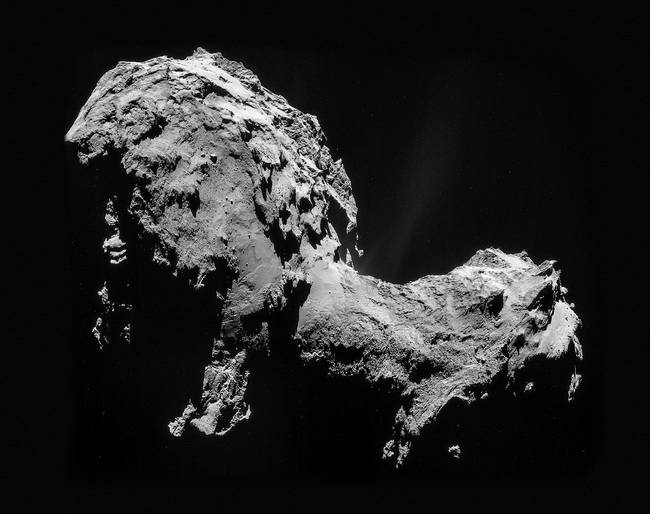 share
share
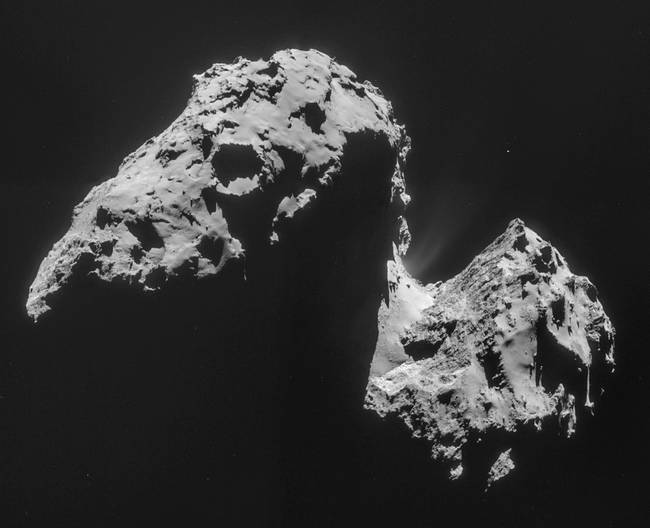 share
share
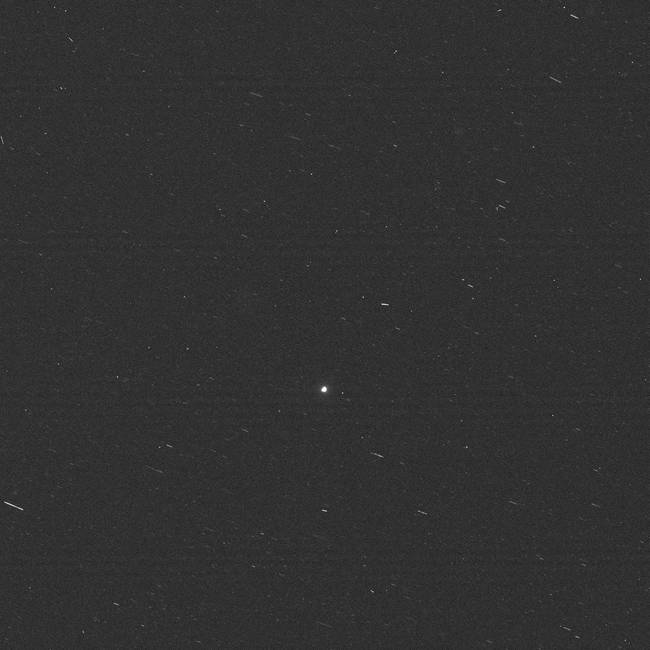 share
share
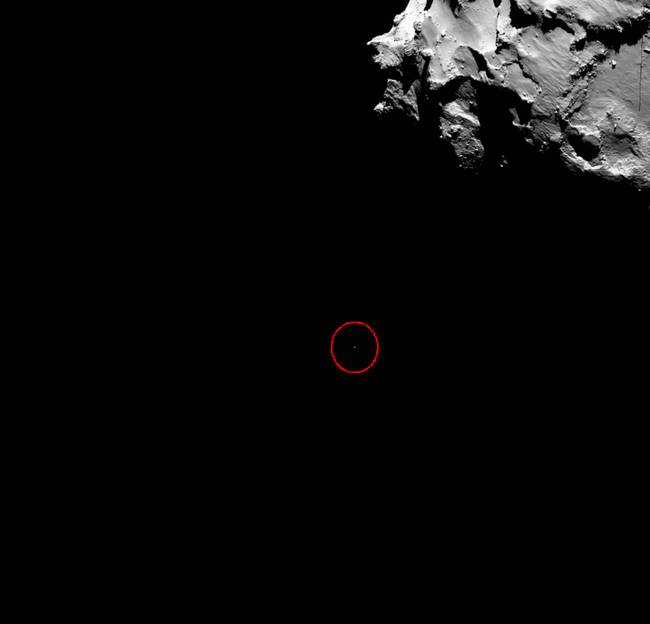 share
share
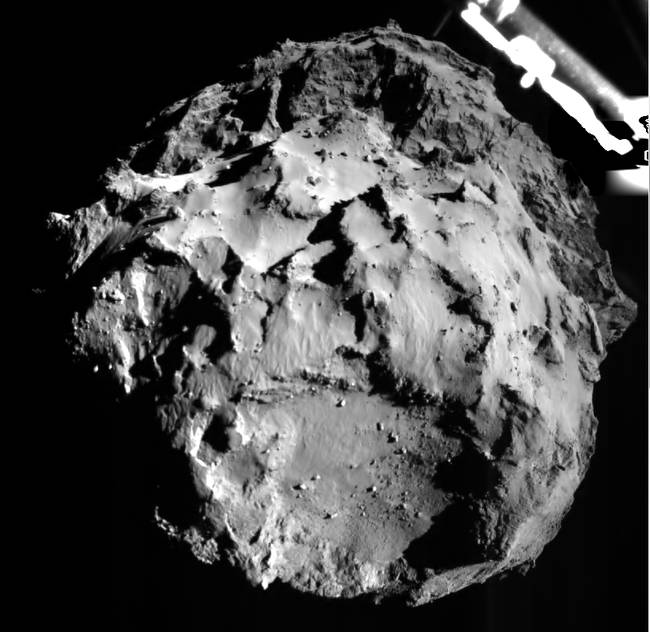 share
share
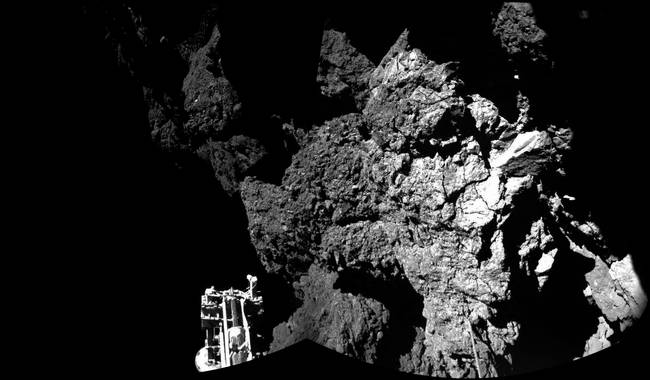 share
share
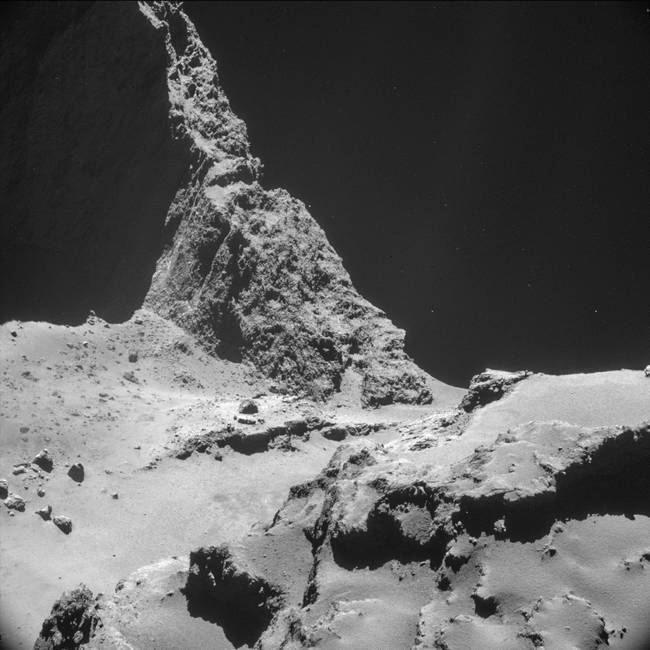 share
share
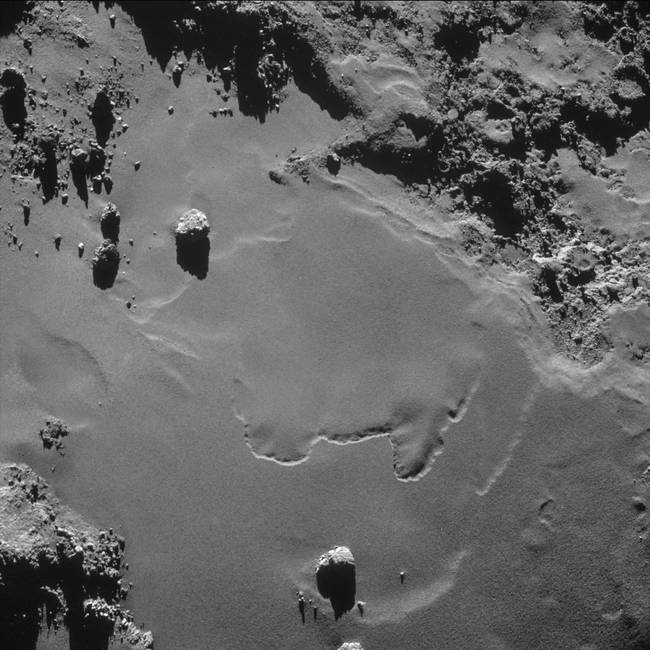 share
share
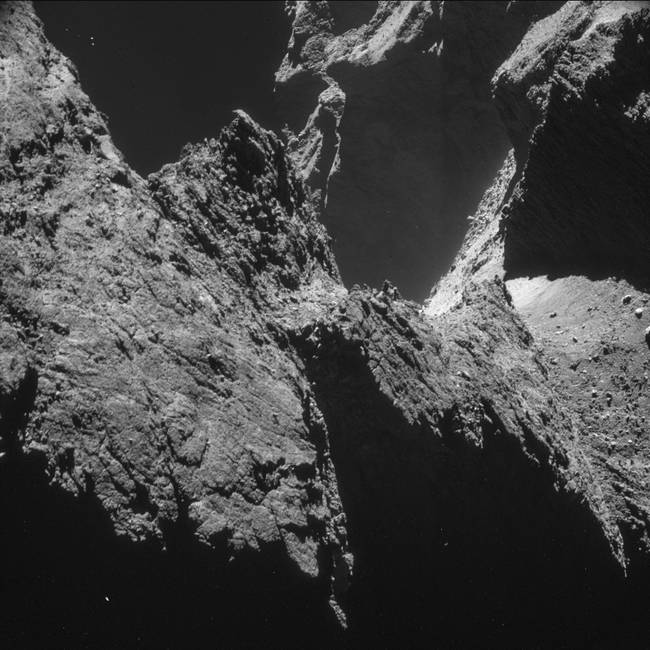 share
share
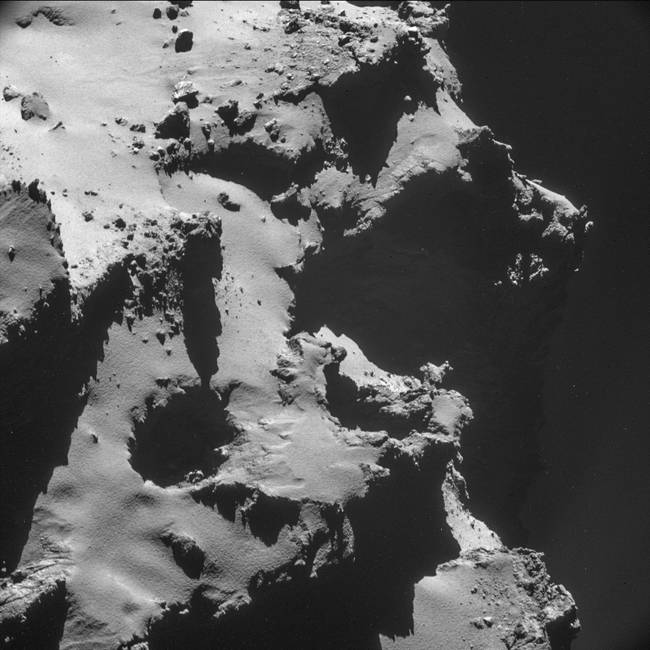 share
share
 share
share
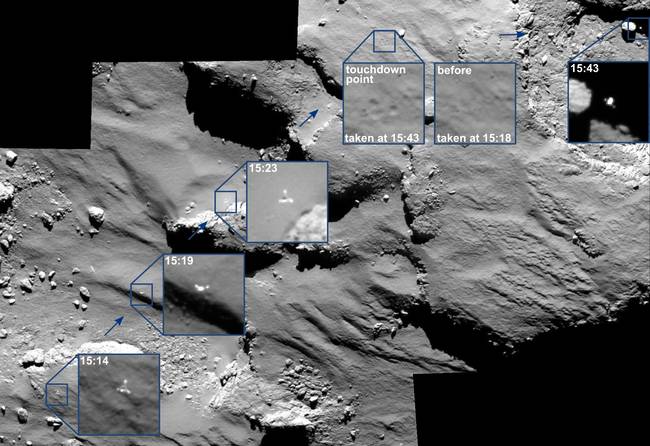 share
share



